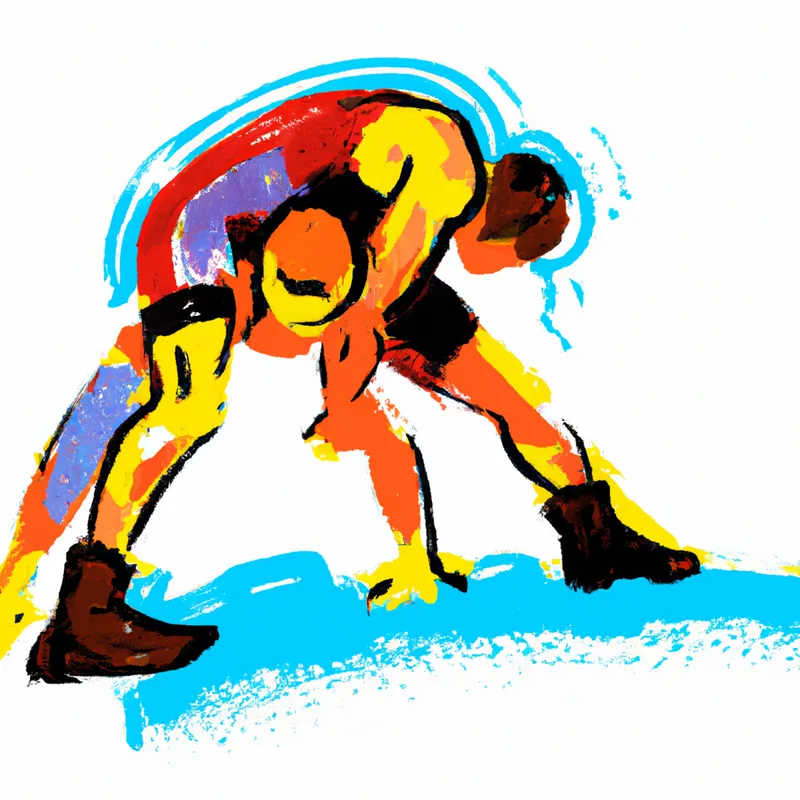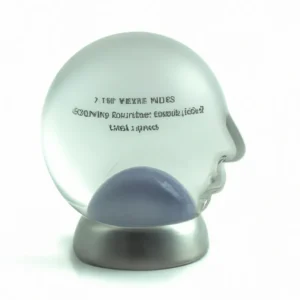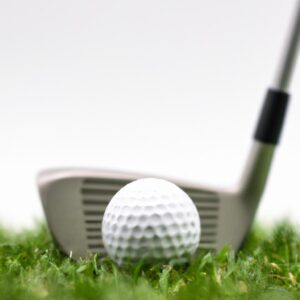Analyzing the Impact of Goalie Gear Regulations on Performance in Ice Hockey
Analyzing Goalie Gear Regulations’ Impact on Ice Hockey Performance
Ice hockey goalies play a crucial role in determining match outcomes. Their performance significantly influences the game’s results. Recently, the NHL implemented goalie gear regulations to balance safety and performance. These changes sparked discussions among players, coaches, and analysts about their implications. This blog post explores how these regulations affect goalie performance, the evolution of gear, player perspectives, performance metrics, and the ongoing safety versus performance debate.
Understanding Goalie Gear Regulations
Goalie gear regulations focus on equipment size and weight. The NHL introduced rules limiting the dimensions of pads, blockers, gloves, and helmets. These changes aim to reduce goalies’ overall size on the ice, making scoring easier. The NHL believes smaller gear promotes a more exciting and competitive game. However, players and analysts continue to debate the regulations’ effects on goalie performance.
The Evolution of Goalie Gear
Goalie gear has changed significantly over the years. Early ice hockey pads were bulky, heavy, and inflexible. Modern equipment prioritizes protection and mobility. Goalies now wear lighter materials that withstand high-velocity shots while allowing swift movements. However, larger pads in previous years created a dilemma. Goalies sought enhanced protection, but increased gear size hindered player scoring opportunities. This ongoing battle illustrates the complexities of goalie gear regulations.
Players and Coaches Weigh In
Many players and coaches express strong opinions about gear regulations. Some goalies embrace changes, believing smaller pads enhance their skills. They argue reduced gear helps them become more agile and responsive. With less equipment, goalies can focus on movements and positioning, leading to improved performance.
Conversely, some goalies feel restricted by new rules. They argue reduced gear compromises their safety, particularly in vulnerable areas. These players agree they want to perform well while feeling secure in their equipment to avoid injury.
Performance Metrics in Focus
Analyzing performance metrics reveals the impact of gear regulations on goalies. Key statistics like save percentage, goals against average (GAA), and shutouts highlight performance trends before and after regulations.
Save Percentage Insights
Save percentage serves as a crucial indicator of goalie performance. It represents the ratio of saves to total shots faced. Some studies indicate a decline in save percentages after introducing new regulations. This trend suggests that the transition impacts goalie effectiveness.
Conclusion
In summary, goalie gear regulations significantly influence performance, sparking debate among players and analysts. Understanding these impacts is essential for the game’s future.
Below are related products to the topic if you’re interested:
FAQ
What are the main changes introduced by the NHL regarding goalie gear regulations?
The NHL implemented regulations focusing on limiting the size and weight of goalie equipment, including pads, blockers, gloves, and helmets. The goal of these changes is to reduce the overall size of goalies on the ice, making scoring easier and promoting a more exciting and competitive game.
How have players reacted to the new goalie gear regulations?
Reactions from players and coaches vary. Some goalies welcome the changes, believing that smaller pads improve their agility and responsiveness, leading to better performance. However, others feel that the reduced gear compromises their safety, particularly in vulnerable areas, creating a tension between safety and performance.
What performance metrics indicate the impact of the new regulations on goalies?
Key performance metrics such as save percentage, goals against average (GAA), and shutouts are analyzed to assess the impact of the gear regulations. Some studies suggest that save percentages have declined since the introduction of the new rules, indicating a potential effect on goalie effectiveness.















Post Comment